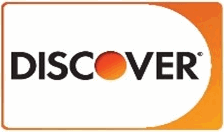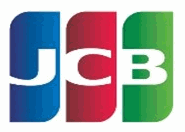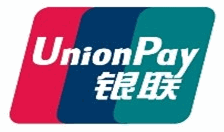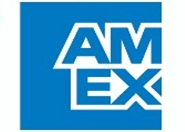Navigating Fraud Prevention in Credit Card Transactions

In the present digital age, credit card transactions have become essential to global commerce, providing unmatched convenience to consumers and businesses alike. However, this convenience often comes with an increasing risk of credit card fraud, which can result in considerable financial losses and harm brand reputation. Comprehending the different types of credit card fraud and implementing effective prevention strategies to safeguard transactions is crucial. But don’t worry, we are here to help!
In-Depth Look at Common Types of Credit Card Fraud
- Skimming: We’ve all seen these stories on the news. This form of fraud involves capturing credit card information using a device discreetly attached to ATMs or point-of-sale terminals. Skimming devices are often hard to detect, making it a common method for stealing card information.
- Phishing and Vishing: Phishing involves tricking individuals into giving out card details using fake emails or websites. Vishing is the equivalent done through phone calls, where fraudsters pretend to be bank officials or merchants to obtain sensitive information.
- Identity Theft: Everyone’s worst nightmare! This occurs when fraudsters obtain personal information, such as social security numbers, to open or access credit card accounts fraudulently. This can lead to unauthorized transactions and can severely impact the victim’s credit score.
- Card-Not-Present (CNP) Fraud: Predominantly occurring in online shopping, CNP fraud happens when illegally obtained card information is used to make unauthorized purchases or transactions without requiring the physical card.
- Account Takeover: In this scenario, fraudsters gain access to a cardholder’s existing account, often through phishing or malware, and make unauthorized transactions or changes to the account.
- Application Fraud: This refers to individuals using stolen or counterfeit documents to open a new credit card account under someone else’s name.
Comprehensive Steps for Fraud Prevention
By addressing these key areas, businesses can strengthen their fraud prevention efforts and protect themselves against potential losses and reputational damage.
Strategies for Consumers
Education is key to preventing credit card fraud. Consumers should be aware of any new phishing scams, or other forms of fraud where bad actors attempt to trick them into providing their credit card information or personal details.
- Vigilant Monitoring: Regularly monitoring bank statements and credit reports for unauthorized transactions is crucial, and instant alerts can be helpful.
- Secure Online Behavior: When making online transactions, using secure and private internet connections is crucial, and you should avoid sharing card details over insecure channels.
- Strong Passwords and Authentication Measures: Using strong and unique passwords and changing them periodically for online banking and shopping accounts is crucial. Moreover, using multi-factor authentication can provide an additional layer of security.
Best Practices for Businesses
To navigate fraud prevention in credit card transactions effectively, businesses should implement several best practices:
- Advanced Fraud Detection Systems: Businesses should invest in advanced fraud detection systems that utilize machine learning, artificial intelligence, and real-time monitoring to identify and prevent fraudulent activities.
- Robust Payment Gateways: Using encryption and tokenization methods in secure and updated payment gateways helps protect transaction data.
- Employee Awareness and Training: Regular training sessions for employees to recognize, report, and handle suspected fraudulent activities can significantly reduce risk.
- Stringent Verification Processes: Adding extra verification steps such as two-factor authentication, CVV checks, and Address Verification Service (AVS) can help prevent fraud.
Leveraging Cutting-Edge Technology
- Artificial Intelligence and Machine Learning: AI and ML algorithms are highly effective in analyzing transaction patterns and detecting anomalies that could indicate fraudulent activities.
- Tokenization: Replacing sensitive card data with a unique digital token can drastically reduce the chances of data breaches, as these tokens are useless if intercepted.
- Behavioral Analytics: Monitoring user behavior, such as typing patterns, mouse movements, and even browsing habits, can help detect unusual activities that may signal fraud.
Stop Fraud Before It Happens
Services like Rapid Dispute Resolution by Visa and Alerts by Mastercard's Ethoca can be beneficial for businesses to maintain their chargeback ratios at acceptable levels. These tools operate with numerous issuing banks to create a network that aims to simplify the dispute resolution process by making it more efficient, cost-effective, and customer friendly. By detecting disputes early on and resolving them quickly, these services can significantly reduce the number of chargebacks a merchant may receive. This can help merchants save money, maintain their reputation, and enhance customer satisfaction.
Navigating Challenges and Future Developments
The constantly evolving tactics of fraudsters pose a significant challenge for businesses, who must stay ahead of the curve by regularly updating their prevention strategies and embracing new technologies.
Preventing credit card fraud requires a multi-faceted approach that combines technology, education, and best practices. Adopting a comprehensive strategy to tackle credit card fraud effectively is essential. This can involve using advanced technologies, implementing proactive measures, and always remaining vigilant. By taking these steps, both consumers and businesses can significantly minimize the risks associated with credit card transactions, creating a safer financial environment for everyone involved.
Return to Blog








* Created by
